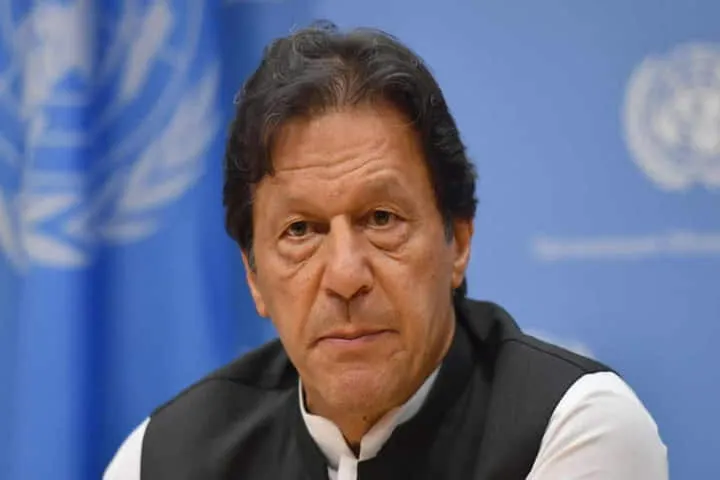Pakistan’s external debt is steadily rising. The Express Tribune said that “like its predecessor, the PTI (Pakistan Tehreek-e-Insaf) government too is running on foreign and domestic loans and has failed to enhance revenues to such levels where its debt burden can be reduced.”
In 2020-21, Pakistan’s external debt stood at $85.6 billion—a 10 per cent increase over the previous year. In 2019-20, the country’s external debt was at $77.9 billion.
This is particularly embarrassing for Prime Minister Imran Khan had promised to build a “Naya Pakistan” and one of the thrust areas for him, when he took over in 2018, was to fix the economic mess. Clearly, he has failed to deliver.
“The problem with Pakistan is that economy has never been given priority, the way it should be.,,external debt has been steadily rising even before the Covid 19 pandemic broke out but the government has done little to tackle the situation,” an analyst told India Narrative.
Also read: Imran Khan under fire after Pakistani rupee plunges more than 70%
The Dawn in a recently report said that the Imran Khan government contracted $15.32 billion worth of new foreign loans from multilateral institutions and commercial banks during the previous fiscal year (2020-21) — almost 47 per cent higher than $10.45bn a year earlier.
The newspaper added that the World Bank has emerged as the largest development partner in terms of new commitments which stood at $4.675 billion, followed by $952 million from the Islamic Development Bank, $902 million from the Asian Development Bank (ADB), and $326 from the Asian Infrastructure Investment Bank.
A surge in external debt would impact the country’s ability to invest in infrastructure and other social sectors and this could even lead to a debt crisis.
Amid the surging external debt, high inflation, a depreciation of its currency, falling foreign direct investment level and unemployment are other economic challenges that Khan will have to address.
A sustained annual economic growth rate of about 7-8 per cent is what Pakistan requires for the next several years to be able to generate enough jobs that will absorb the new entrants in the workforce and also reduce poverty.
Clearly that is not happening.




















